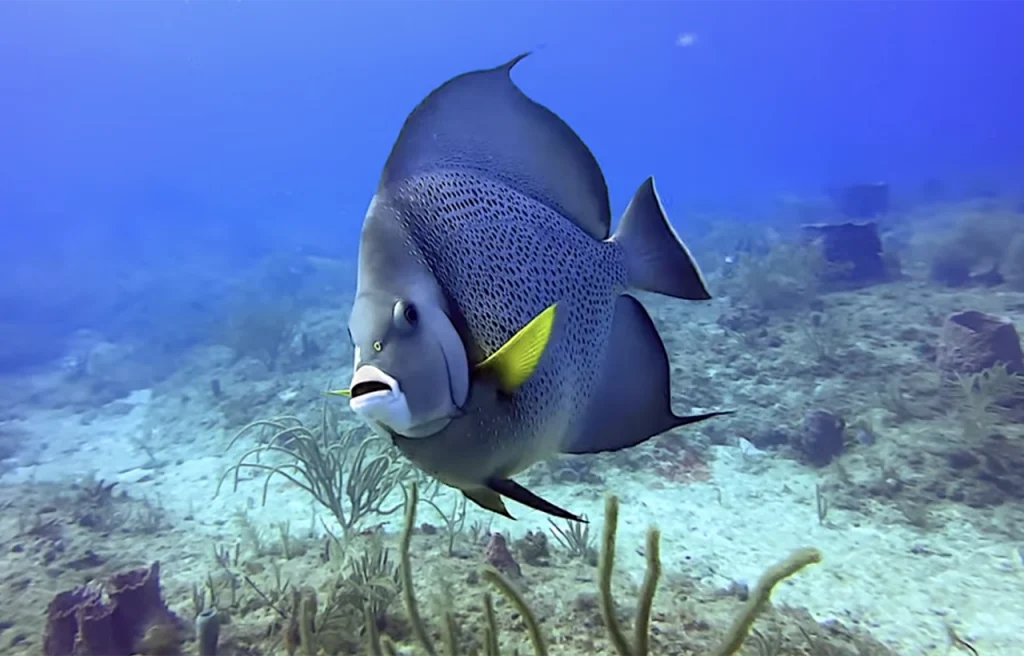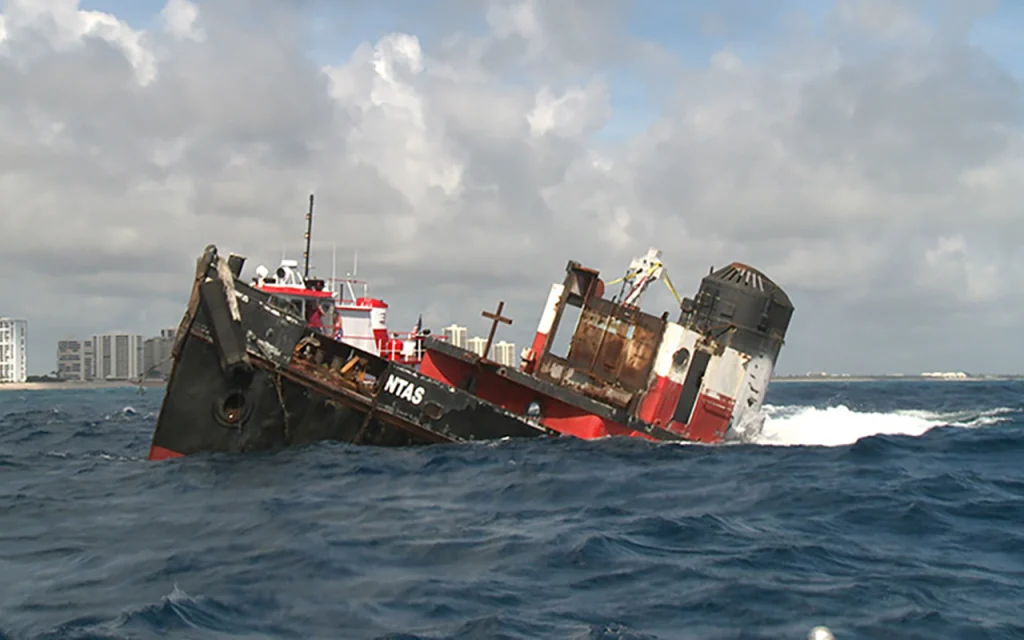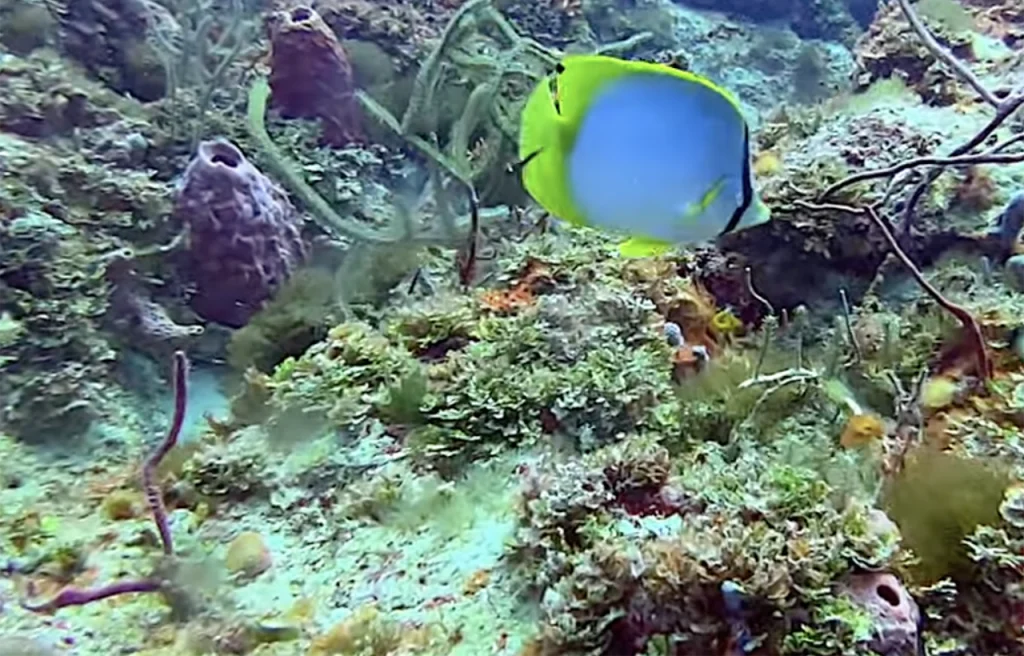
Fort Lauderdale: Where Shorelines Lead to Sunken Treasures and Reef Adventures
Discover accessible wrecks, vibrant coral reefs, and daily dives just off the coast
Fort Lauderdale: The Wreck Diving Capital of the Caribbean
Fort Lauderdale stands as the undisputed wreck diving capital of the Western Hemisphere, where an extraordinary collection of artificial reefs creates one of the world’s most spectacular underwater museums just minutes from downtown. Known as the “Venice of America” for its extensive canal system, this vibrant coastal city has transformed its waters into a diver’s paradise through one of the most ambitious artificial reef programs ever undertaken, featuring over 80 intentionally sunk vessels that now teem with marine life.
The waters off Fort Lauderdale showcase the remarkable success of artificial reef development, where decades of careful planning have created a three-tier reef system that caters to every level of diving experience. The shallow reefs, located 1-2 miles offshore in 20-60 feet of water, provide perfect conditions for training and recreational diving. The intermediate reefs, situated 3-4 miles offshore in 60-100 feet, offer exciting exploration opportunities for advanced divers. The deep reefs, extending beyond the 100-foot mark, challenge technical divers with dramatic wall diving and advanced wreck penetration opportunities.
Fort Lauderdale’s marine life has flourished thanks to the artificial reef program, which has created critical habitat that supports an incredible diversity of species. The wrecks serve as magnets for massive schools of tropical fish, including clouds of sergeant majors, yellowtail snappers, and blue tangs that create living walls of color around the structures. Goliath groupers, some weighing over 400 pounds, have claimed many wrecks as their territories, while green moray eels patrol the twisted metal passages. Nurse sharks are common residents, often found resting under wreck overhangs during daylight hours.
The crown jewels of Fort Lauderdale’s wreck diving collection include some of the most famous artificial reefs in the world. The Mercedes I, a 197-foot freighter sitting in 97 feet of water, has become completely encrusted with colorful soft corals and sponges, creating a breathtaking underwater garden. The Jay Scutti, a 180-foot freighter in 75 feet of water, offers excellent penetration opportunities for intermediate divers. The Lowrance, a 185-foot research vessel, sits upright in 110 feet of water and serves as home to resident goliath groupers and massive schools of fish.
For advanced divers, Fort Lauderdale offers some of the most challenging and rewarding wreck diving in the world. The Captain Dan, a 165-foot freighter intentionally sunk with its holds open for safe penetration, provides an excellent introduction to wreck penetration diving. The Copenhagen, a massive 325-foot freighter, offers extensive exploration opportunities for technical divers, while the Rebel, a 142-foot tug boat, sits perfectly upright and intact in 110 feet of water.
The area’s natural coral reefs complement the artificial structures, creating a diverse underwater landscape that includes both hard and soft coral formations. The first reef line, located just 300 yards offshore, provides excellent snorkeling and shallow diving opportunities in 10-20 feet of water. The second reef line offers dramatic swim-throughs and coral formations in 25-40 feet, while the third reef line features impressive coral walls and frequent encounters with larger marine species.
Fort Lauderdale’s diving infrastructure is world-renowned, with numerous professional dive operators offering specialized wreck diving services. These PADI and SSI facilities maintain the highest safety standards while providing expert knowledge of wreck layouts, penetration routes, and marine life behavior. Many operators offer technical diving training, including wreck penetration, deep diving, and mixed-gas certifications that allow divers to explore the deeper wrecks safely.
The city’s strategic location along the Gulf Stream ensures optimal diving conditions year-round. Water temperatures range from 75°F in winter to 85°F in summer, while the warm current often provides exceptional visibility exceeding 80 feet and frequently reaching 100+ feet. The Gulf Stream’s proximity also brings occasional visits from pelagic species including bull sharks, hammerhead sharks, and schools of jacks that add excitement to every dive.
Fort Lauderdale’s position as a major international destination means world-class amenities complement the diving experience. The city offers excellent restaurants, luxury accommodations, and vibrant nightlife, while Fort Lauderdale-Hollywood International Airport provides direct access from destinations worldwide. The extensive marina system makes it easy to access dive boats, while numerous dive shops offer equipment sales, service, and rental.
What truly sets Fort Lauderdale apart is the concentration and quality of wreck diving opportunities available within such a small area. Divers can explore multiple wrecks on a single trip, each offering unique characteristics and marine life communities. The artificial reefs have matured over decades, creating complex ecosystems that rival natural reefs for biodiversity and visual impact.
Whether you’re a wreck diving enthusiast seeking world-class artificial reefs, an underwater photographer pursuing the perfect shot, or an advanced diver looking to expand your technical skills, Fort Lauderdale offers an unparalleled concentration of underwater adventures that continues to attract divers from around the globe.

